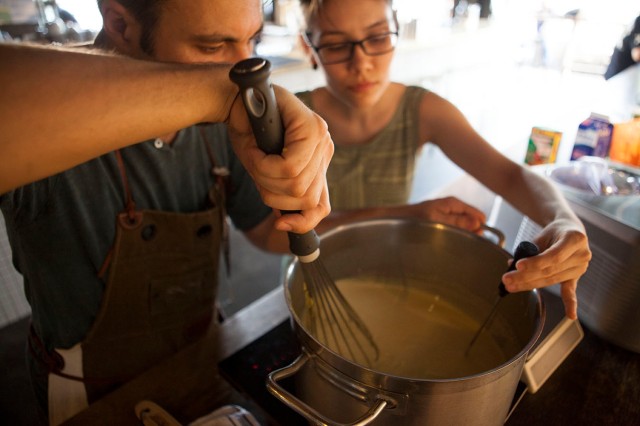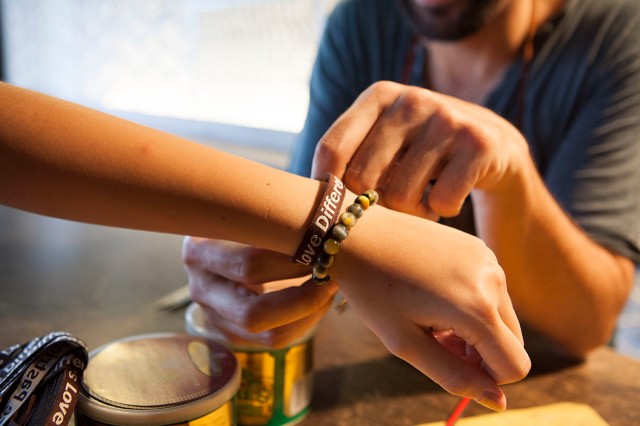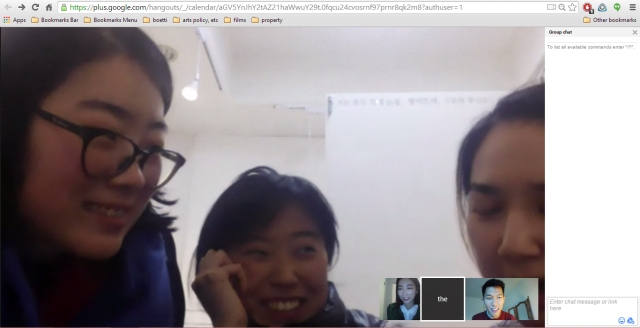The following excerpt is from our Google Hangout with Matthew Mazzotta
with Isabella JiangCheng (London School of Economics) and Nasri Shah
on 2 January 2015
[On producing projects in, and outside of North America] I grew up in America, and I made several works throughout the United States. I did one work about climate change, methane, how waste is dealt with in the cities… That project went around the world (…) This was an interesting project – we have a lot of climate skeptics or deniers in the United States, maybe around the world, but definitely in the US – I wanted to bring this concept of climate change into people’s houses through their own means. They enter this project through curiosity, and now they’re talking about it in their houses… but these projects were successful for their context.
But then I was asked to go to Croatia and I presented these works. And even this idea of urban agriculture… producing food inside the city… this is an interesting idea in America where you have big cities, and kids do not know how food is made. I presented these ideas in Croatia, and they were dealing with heavy unemployment. And this idea of “green” was not a big deal to them. And usually where these works have some relevancy… there [in Croatia] they did not. And they also have these huge farmers’ markets where they know where all the food comes from. So the work was dead there. And that’s when I realised I’m an American artist… That’s when I realised, ‘Wow, my work is for a certain audience.’ And so I had a choice: do I make a work that addresses a global thing? Or do I make it super-local to this unique context of Croatia? And so I chose to do [the latter].
Anyway, my next project, I said, how do you make something more universal? And then I did [the Open House project]. And that work was interesting for me because one of the first persons who wrote about it was from Jakarta… and then another one in Vietnam… and then France, South America… and it won a lot of architectural awards. But my thought was like, how can these communities that I’ve never been to find relevance [in this work]? And the woman who wrote about it in Jakarta was not an artist, or an art writer. She is just a journalist, and she said, ‘This is an interesting idea. This could work in Jakarta.’… So then I came up with this idea; because of the internet, we’re totally free now. So, we know this mantra: ‘Think globally, act locally’ – it’s about sustainability. I shifted it now; ‘Act locally, engage globally’. You can do a work anywhere. In the smallest, or littlest town, it’s like when I did that Open House Project, that was only 2,000 people – but that work has gone around the world many times. And so I shouldn’t be scared to work in any community because if the work understands its context, and makes an intervention, any other place that has a similar context can see the value in that work. Open House has a very simple narrative; it’s a public disaster, transformed into a public good, and then it opens up into a community celebration… so this is where I’m directed now. I don’t want to work as an American artist… it’s more of like how can we just go into any context, make it explicit, frame the context and then show art intervention so people have access to both the context and the intervention.
[On the Open House project] I was invited by an arts organisation, and ethically I think that is the only way this social work can be done. You have to partner with a community element that will champion or keep the project going. Otherwise, it could hurt somebody – it could fall apart. A lot of these communities have no resources… it could be a total disaster. Unless that’s there, I think that ethically, you couldn’t do this type of work. You have to partner with a group that will keep it alive.
[On social practice, and policy] I want to work with cities. I think the effect is so amazing. You know, in America, there’re some foundations, and some other organisations, that have gotten the idea of place making… and so now there’s money. And I think the way it goes is this. A city has many employees, and it has a landscape architect, it has the urban planner… I think that those cost a lot of money, those projects, and I think the cities are starting to realise that with much less money, artists can bring about social spaces that are much more unique, they can drive all kinds of things… so I think that cities are very attracted to artists working in this field. Because the impact is from a different angle. So who knows where this will go in the future?
———————
Matthew Mazzotta will be in conversation at Singapore Art Museum, Moving Image Gallery on 27 January 2015, 7 – 8.30pm alongside art collective Love Difference. The event is FREE with registration via hey@brack.sg
This public talk is part of a Master Class Programme by Love Difference, also Brack’s first in the series.
JOIN US ON FACEBOOK
BUY TICKETS















